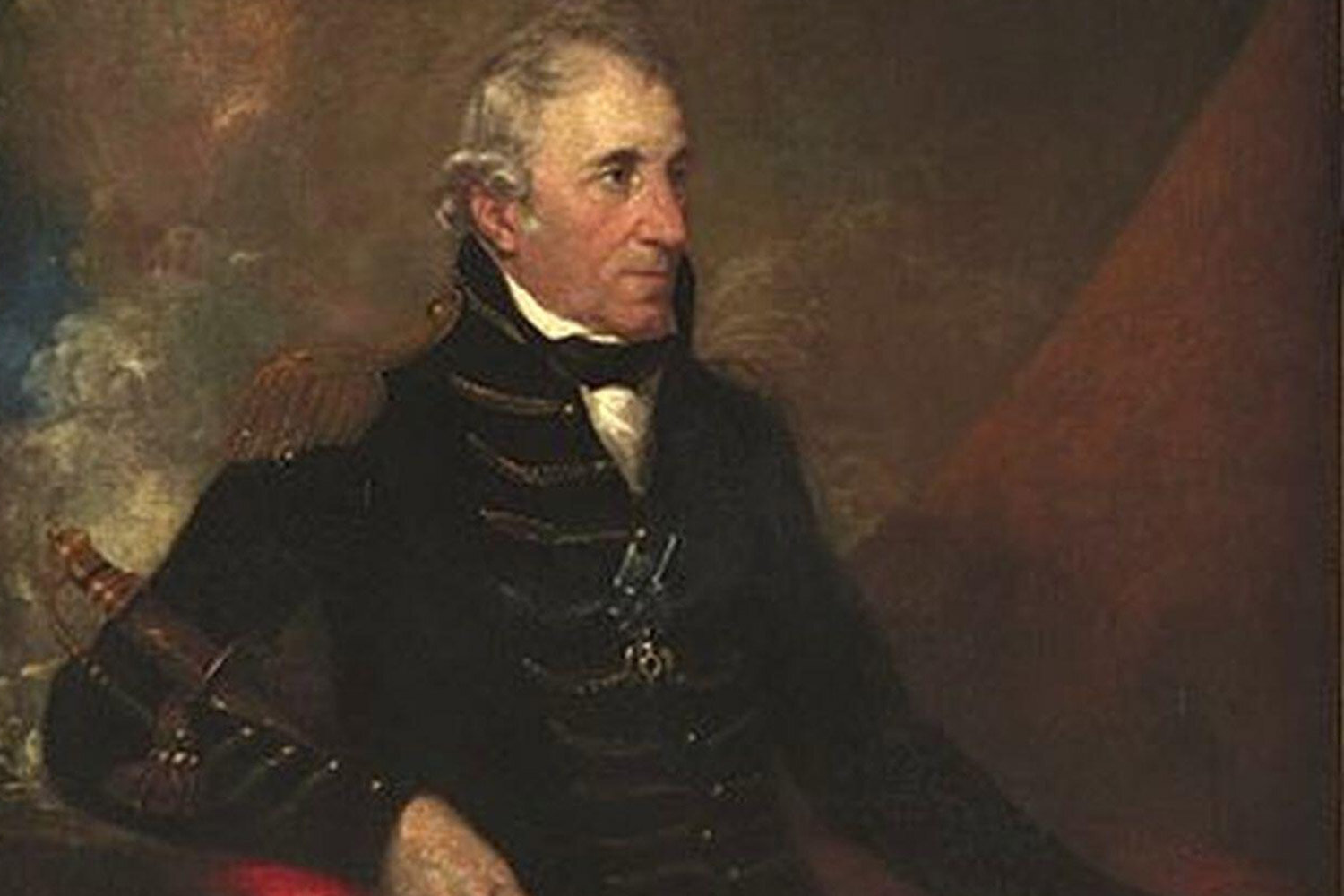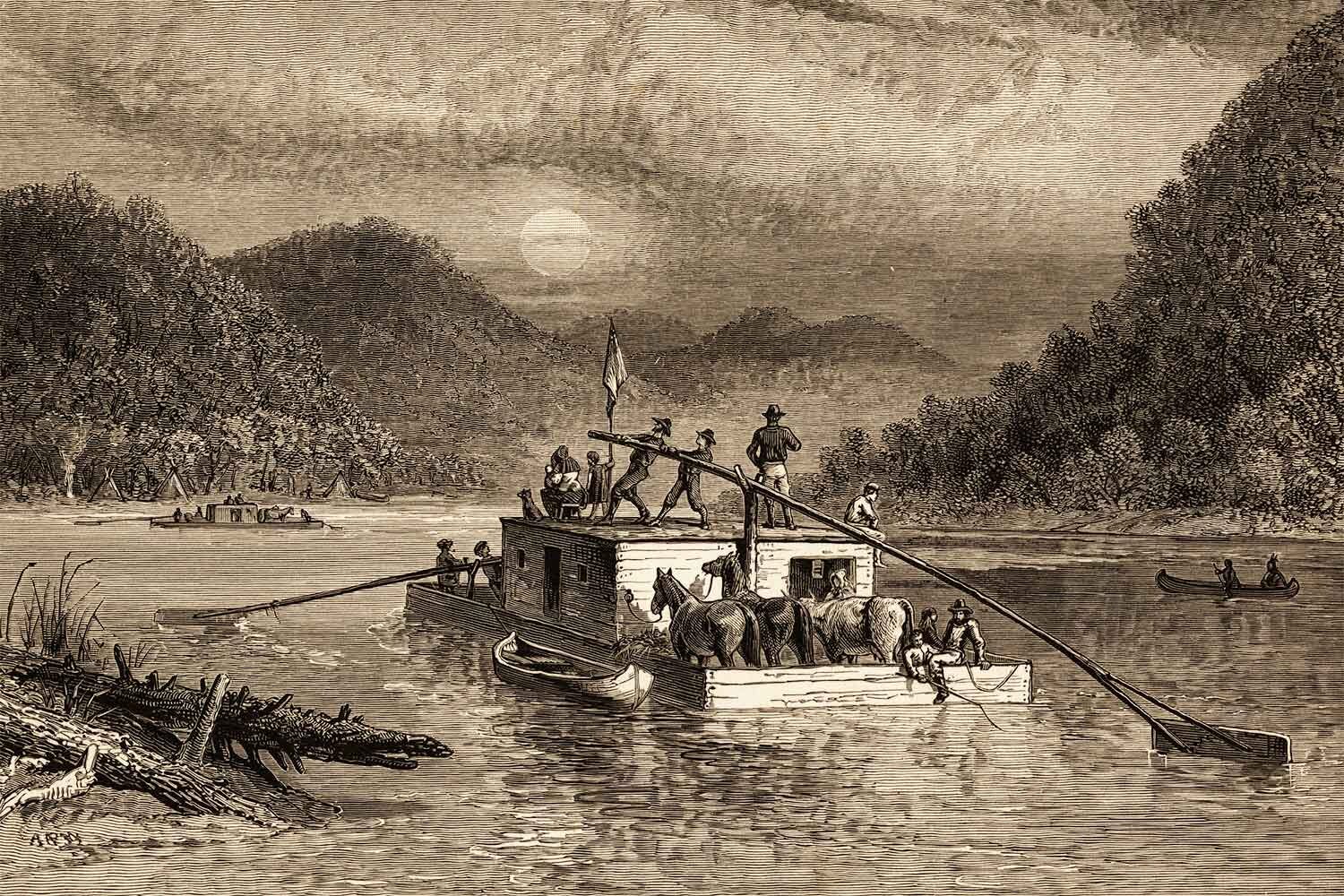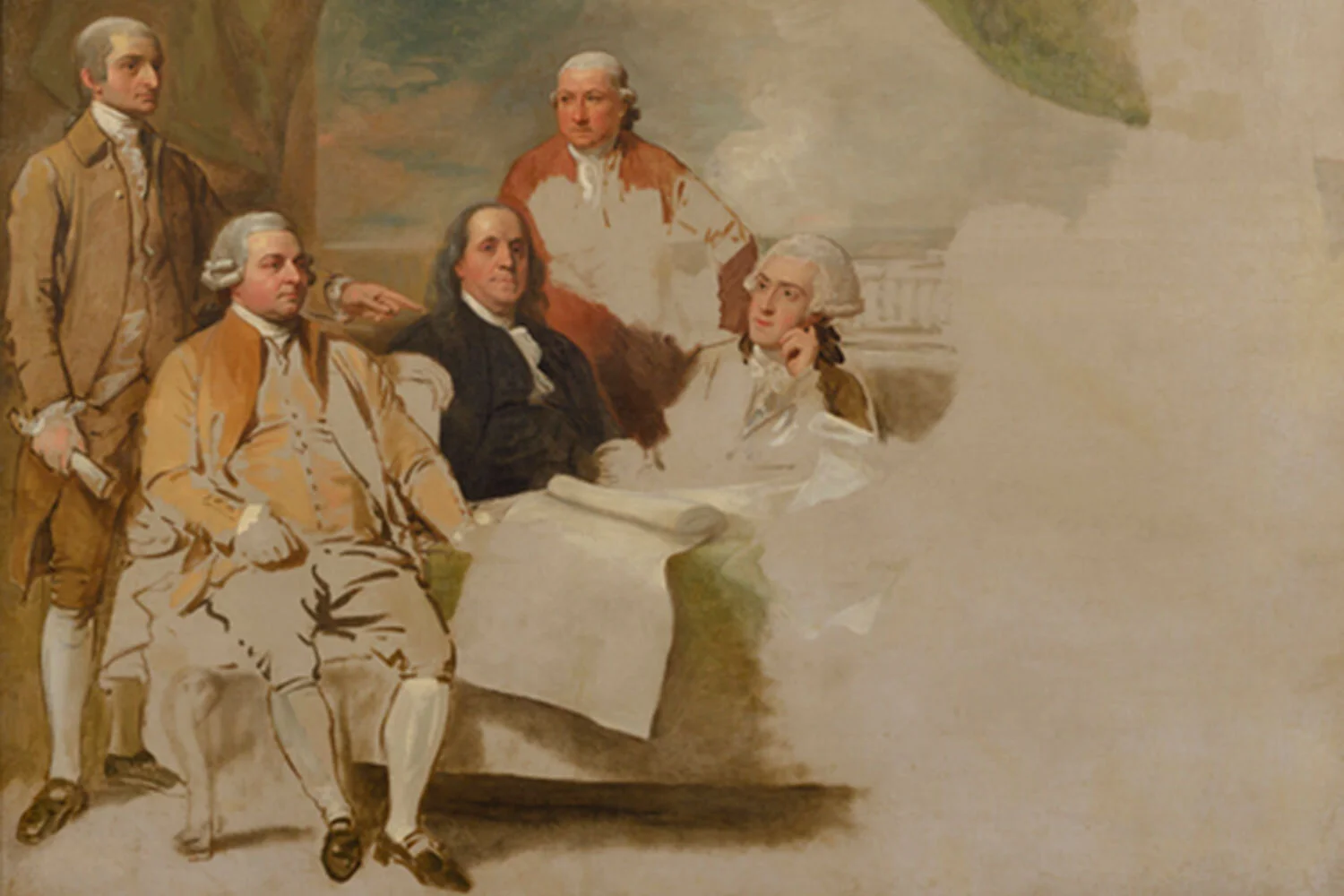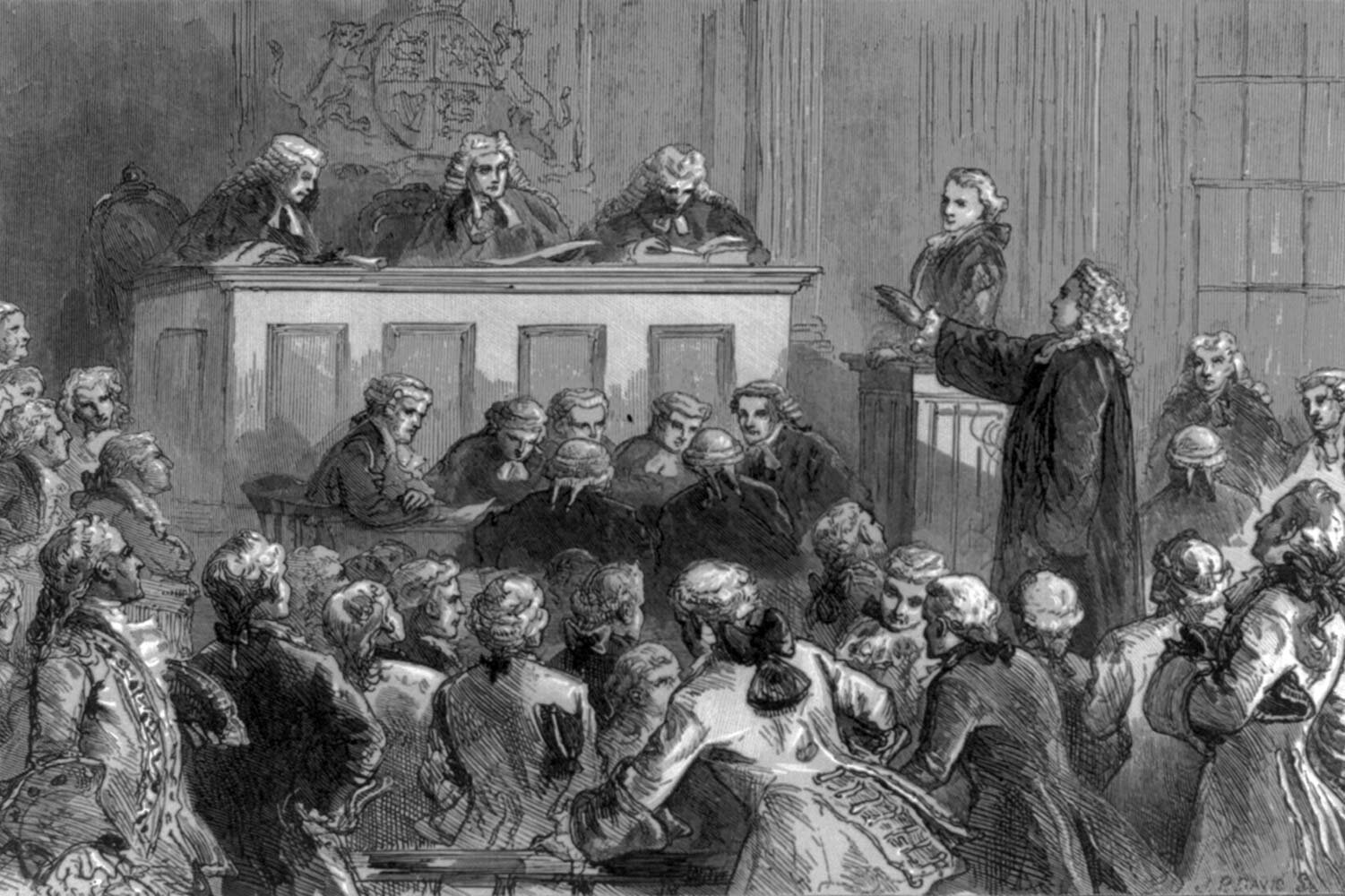

Pinckney’s Treaty Opens Up the Mississippi, Encouraging Westward Expansion
The Treaty of San Lorenzo, also known as Pinckney’s Treaty, was an agreement signed on October 27, 1795 between the United States and Spain. It settled a dispute between the two nations over the boundary of Spanish Florida and granted navigation rights on the Mississippi River to Americans.

The Jay Treaty Averts War with England
The Jay Treaty, officially known as the Treaty of Amity, Commerce, and Navigation, Between His Britannic Majesty and the United States of America, was signed on November 19, 1794. Its primary goal was to cool rising tensions between England and America.

Creating America: The Northwest Ordinance of 1787
The Northwest Ordinance of 1787 created the Northwest Territory, officially known as the Territory Northwest of the River Ohio, but also called the Old Northwest. This legislation, enacted by the Congress of the Confederation on July 13, 1787, was our country’s first organized incorporated territory and our initial attempt at expanding the new nation.

Creating America: The Treaty of Paris Delivers Favorable Terms
After Lord Cornwallis surrendered to General Washington in Yorktown on October 19, 1781, word of the surrender was sent to England. When finally received by Lord North, the Prime Minister, he repeatedly exclaimed “Oh God! It is all over!”, and it was for all intents and purposes.

Creating America: Origins of the First Global War
The Treaty of Paris was the agreement between England and the United States which officially ended the American Revolution. It was just one of a series of agreements signed between the belligerents which collectively are called the Peace of Paris.

Betsy Ross, American Patriot and Creator of An Iconic Flag
One of the most beautiful flags from our nation’s founding era is the famous “Betsy Ross” flag with thirteen red and white stripes and thirteen stars in a field of blue. Called by many the first national flag of the United States, it was created by Betsy Ross in the city of Philadelphia in 1776.

Flags of the American Revolution: Many Designs, One Goal
To understand the muddle over our flag at our nation’s founding, it is important remember that in 1776, the allegiance and attachment of most people was to their own locale, not to the yet to be created United States of America.

Who Created the First Flag? Discover the History of the Stars and Stripes
Our nation’s flag, the emblem of our country, was officially created and later modified by three laws passed by Congress. Since then, it has been changed 27 times, the most recent of which was on July 4, 1960 when Hawaii’s star, the fiftieth, was added to the constellation.

A Bald Eagle, Olive Branches and Arrows - How the Great Seal Was Created
The Great Seal of the United States is the official seal of our country. It was approved in 1782 and is used on many of our official documents, most commonly on the back of our one-dollar bill.

Avoiding the Stocks: How the Eighth Amendment Guarantees Humane Treatment, and Other Protections for the Criminally Accused
The Eighth Amendment helps make our criminal justice system more just for those accused or convicted of criminal behavior. It is comprised of three rights, each of which plays a part in protecting Americans from a harsh and overly ambitious government.

Can the Court Serve as Judge and Jury? Not According to the Seventh Amendment
The Seventh Amendment formally established the rules governing civil trials, as opposed to criminal cases. Its main purpose was to distinguish between the responsibilities of the courts which decided the meaning of laws and those of juries which decided matters of facts as presented in a case.

Have You Been Called to Jury Duty? See the Sixth Amendment in Action
The Sixth Amendment to our Constitution effectively established the procedures governing criminal courts. At its core, the Amendment ensures that those accused of crimes will get a fair trial and have every opportunity to clear their name.




